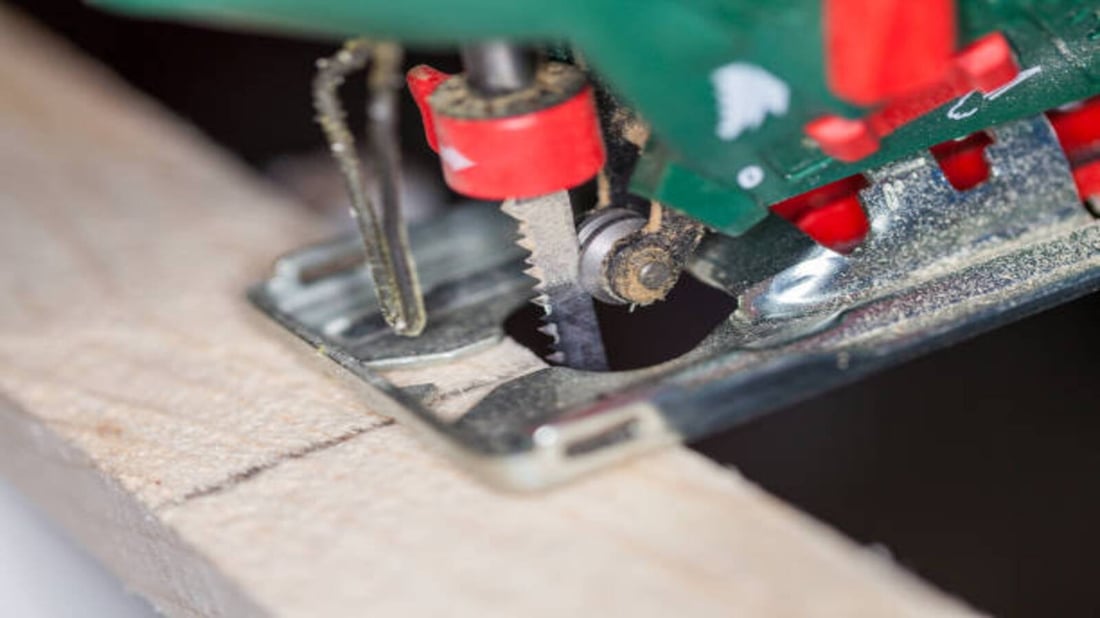Reciprocating wood saw blades are essential tools for cutting through wood with precision and efficiency. These blades are designed to move back and forth in a reciprocating motion, making them ideal for tasks such as pruning, demolition, and general woodcutting. In this article, we will explore the various aspects of reciprocating wood saw blades and how you can choose the right one for your needs.
Types of Reciprocating Wood Saw Blades
There are several types of reciprocating wood saw blades available on the market, each designed for specific cutting tasks. Some common types include wood cutting blades, pruning blades, demolition blades, and metal cutting blades. It is essential to choose the right type of blade based on the material you will be cutting to achieve the best results.
Factors to Consider When Choosing Reciprocating Wood Saw Blades
When selecting reciprocating wood saw blades, there are several factors to consider. These include the blade length, tooth design, material compatibility, and blade thickness. A longer blade length is suitable for making deeper cuts, while different tooth designs are optimized for specific cutting tasks. Additionally, ensuring the blade is compatible with the material you are cutting is crucial for optimal performance.
Benefits of Using Reciprocating Wood Saw Blades
Reciprocating wood saw blades offer various benefits, including versatility, efficiency, and precision. These blades can be used for a wide range of cutting tasks, making them a versatile tool to have in your workshop. Their reciprocating motion allows for efficient cutting, while their sharp teeth provide precise and clean cuts in wood and other materials.
How to Properly Maintain Reciprocating Wood Saw Blades
Proper maintenance of reciprocating wood saw blades is essential to ensure their longevity and performance. To keep your blades in top condition, it is crucial to clean them regularly, remove any debris or buildup, and store them properly. Additionally, sharpening the blades when they become dull will help maintain their cutting efficiency.
Tips for Using Reciprocating Wood Saw Blades Safely
Safety should always be a top priority when using reciprocating wood saw blades. To minimize the risk of accidents or injuries, be sure to wear appropriate safety gear, such as goggles and gloves, when operating the saw. Always follow the manufacturer's instructions and guidelines for proper usage, and never force the blade through the material being cut.
Common Mistakes to Avoid When Using Reciprocating Wood Saw Blades
When using reciprocating wood saw blades, there are some common mistakes to avoid to ensure optimal performance and safety. These include using the wrong blade for the material being cut, applying excessive pressure, and using a dull blade. By avoiding these mistakes and following best practices, you can maximize the lifespan of your blades and achieve better results.
Top Brands for Reciprocating Wood Saw Blades
There are several top brands known for producing high-quality reciprocating wood saw blades. Some popular brands include DEWALT, Bosch, Milwaukee, and Diablo. These brands are trusted by professionals and DIY enthusiasts alike for their durability, performance, and precision.
Where to Buy Reciprocating Wood Saw Blades
Reciprocating wood saw blades can be purchased at hardware stores, home improvement centers, and online retailers. When shopping for blades, be sure to check the compatibility with your saw and the type of cutting tasks you will be performing. Additionally, consider the blade's quality, material, and reviews from other customers before making a purchase.
Conclusion
In conclusion, reciprocating wood saw blades are versatile tools that offer efficiency, precision, and durability for a wide range of cutting tasks. By understanding the different types of blades available, considering key factors when choosing a blade, and practicing proper maintenance and safety precautions, you can make the most of your reciprocating wood saw blades and achieve excellent results in your woodworking projects.
Quote Inquiry
Contact us


